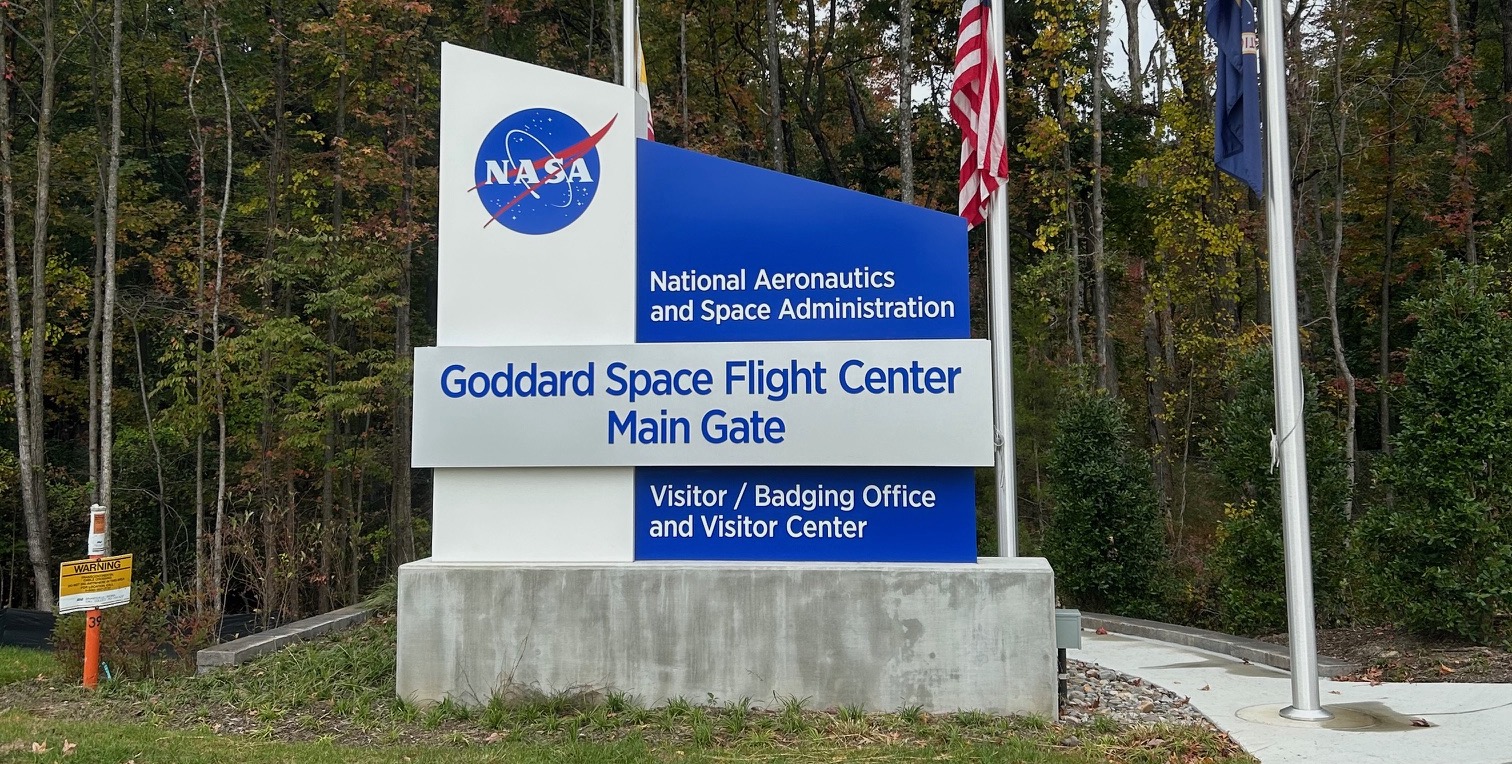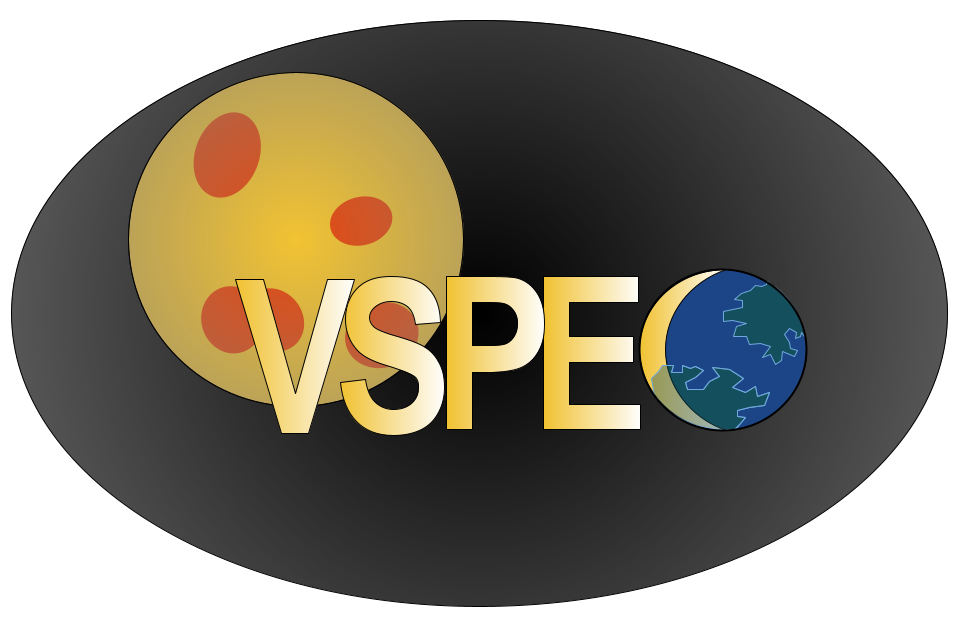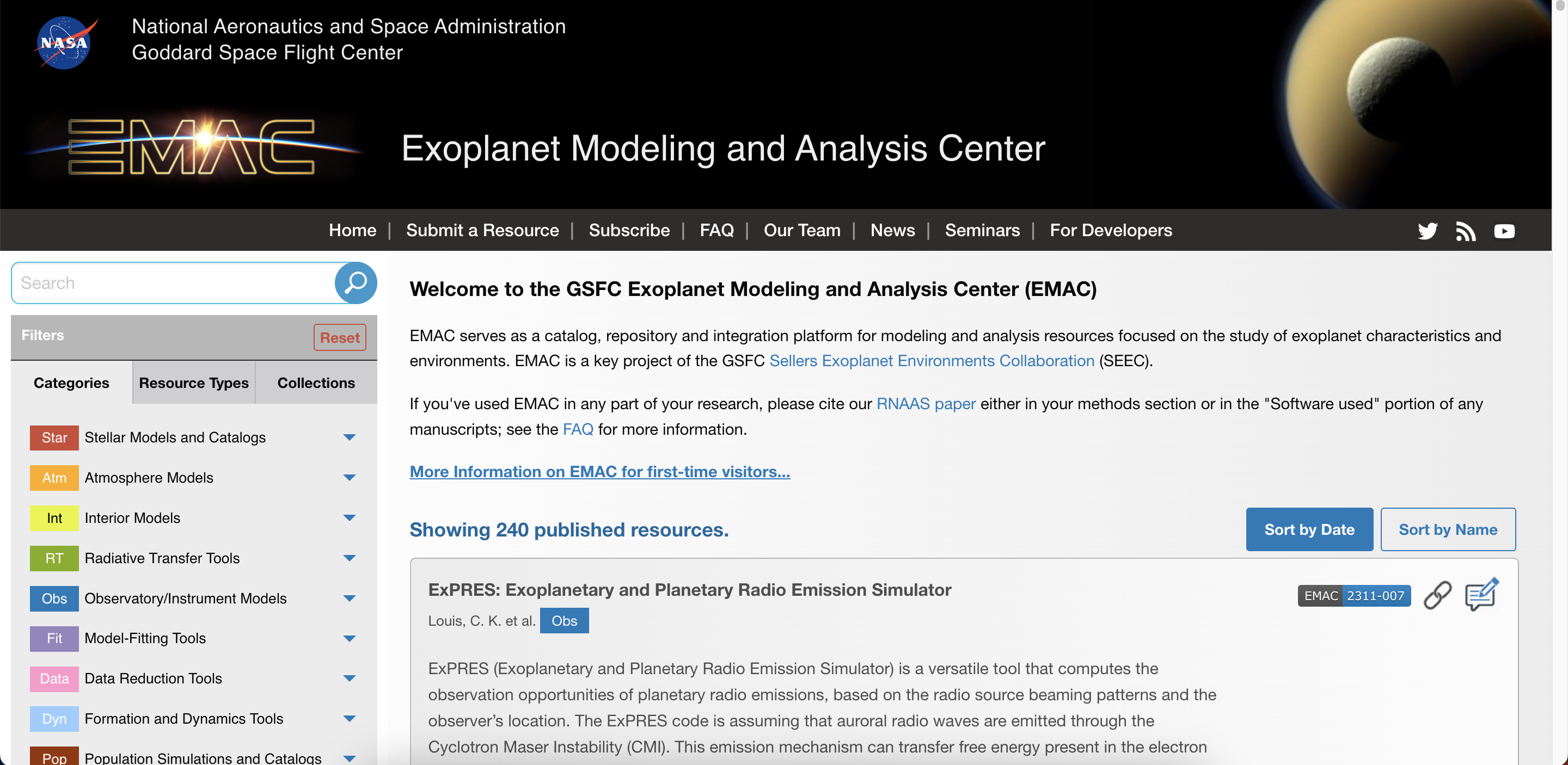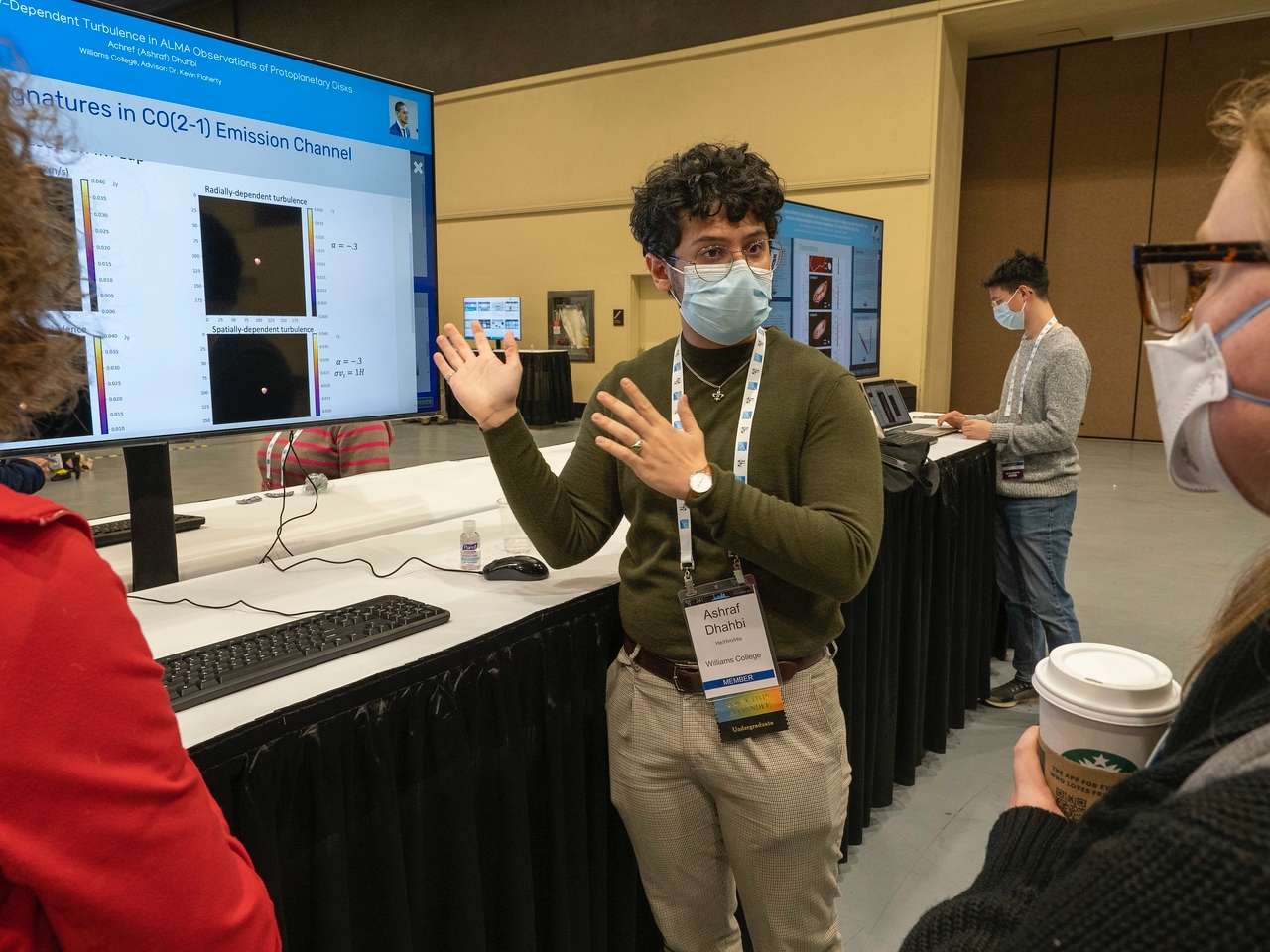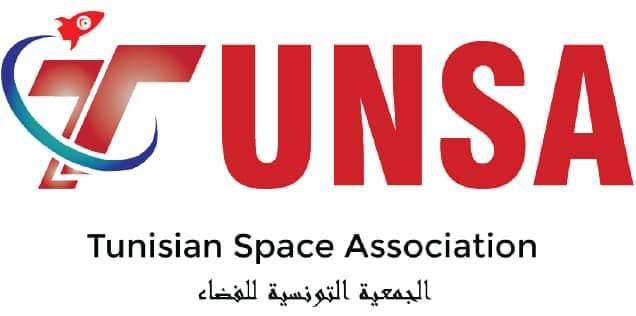
Hey there!
My name is Ashraf Dhahbi. I'm from Tunisia, and I am currently based in Maryland!
I'm a post-baccalaureate exoplanet researcher with experience in modeling, fitting and visualizing protoplanetary disks and exoplanet atmospheres. I'm also the Astrophysics Department Lead at the Tunisian Space Association, working on making astronomy a more accessible field in Tunisia. My goal is to expand our understanding of planetary habitability and formation, and increase accessibility to the field in both Tunisia and the U.S.!
Scroll down if you'd like to learn more about what I have been up to recently, my research projects, and my outreach efforts!
